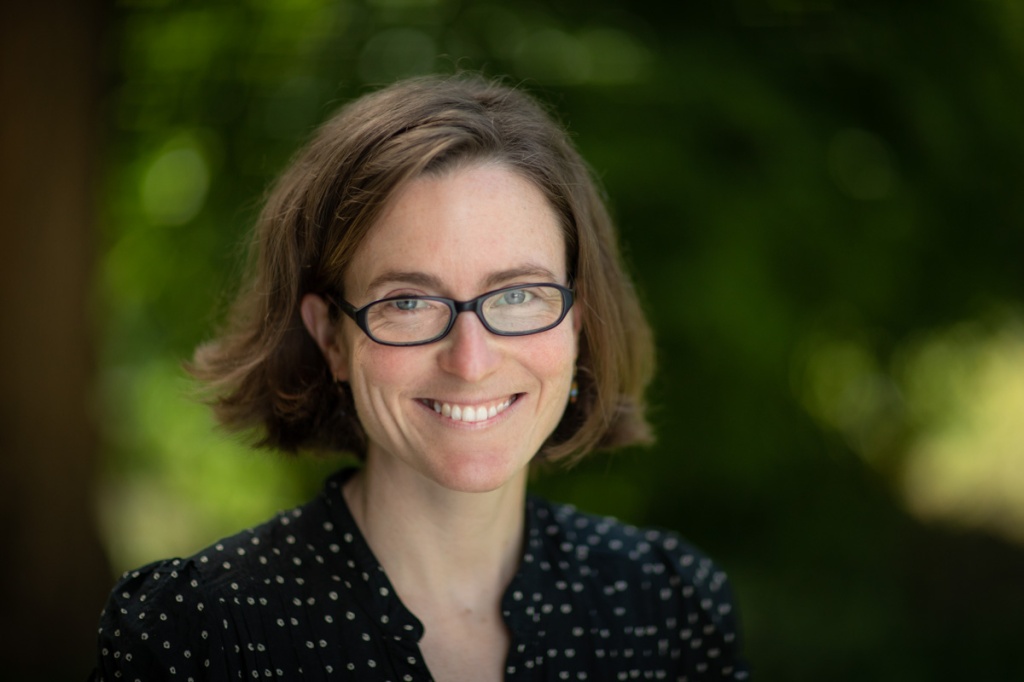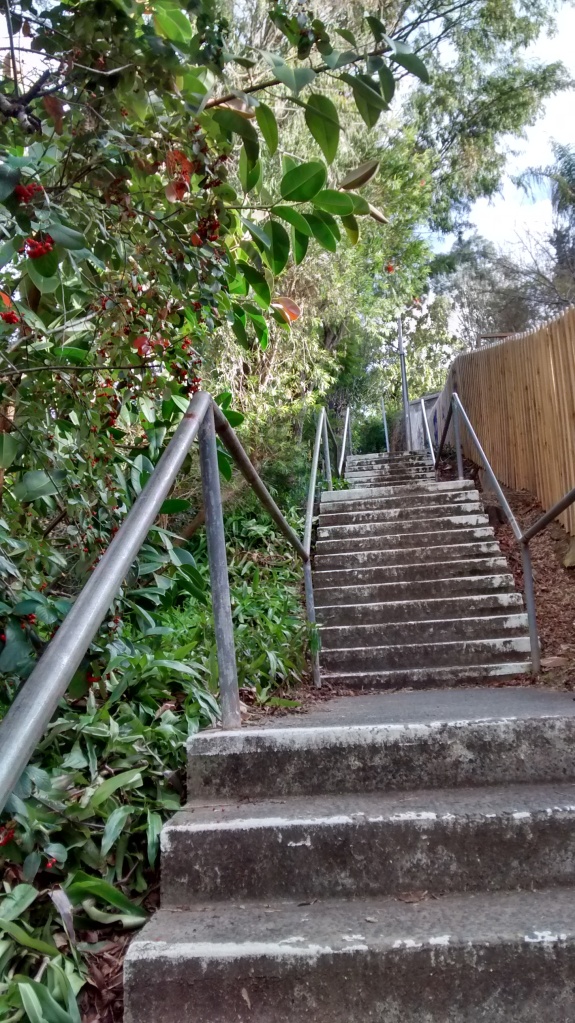
Imagine being a Syrian or Iraqi teenager speaking only a few words of English, arriving in Australia as part of a refugee resettlement programme and starting your first day at school. Only, to your surprise, a majority of people at the school speak Arabic, plus often Assyrian or Kurdish – including the admin staff at the front desk, the teaching assistant who supports your beginner English class, and most of the other kids. What kind of school is this? And what does it mean for your education and life outcomes?
Recently, I had the opportunity to undertake a ‘knowledge exchange’ visit to Sydney, Australia to spend time in schools with high proportions of newly arrived refugee pupils. This included both mainstream high schools and ‘Intensive English Centres’ or IECs, where non-English speaking secondary school age newcomers to Australia spend several terms before transitioning to mainstream. As a teacher and researcher cultivated in the inclusion-oriented UK education system, I admit that I started off sceptical, even negative about the IEC model. How were newcomers supposed to integrate into Australian society if the first thing the state did was separate them from their peers? How were they going to practice English in a social environment if everyone around them was also a beginner?
Needless to say, I wouldn’t be writing this if the IECs had met my negative expectations. Instead, I found a situation that was both more positive and more complex than anticipated. I came away from Sydney with more questions than I had gone in with, from the efficacy of different language teaching models, to the tension between bespoke provision and inclusion, to whether the purpose of EAL education should be solely the teaching and learning of English. And whilst I don’t think the UK should drop everything and create IECs, there is much to learn from the Australian model.
Australia’s EAL system – called EALD to include different dialects of English – is highly structured and centralised, with its own curriculums, assessment criteria, and teachers who have specialised additional training. Pupils who have a ‘Language Background Other Than English’ are regularly assessed by their teachers and given a level that reflects their progress in speaking, listening, reading, and writing of English. Once a year, these levels are submitted to the government and used as part of a funding equation for each school. Additional funds are received in proportion to the number of pupils requiring support so that schools can afford to employ a sufficient number of EALD teachers.
In the IECs I visited, most classes were taught by an EALD teacher who also had a subject specialism. In the very beginner classes, for pupils who had been in the country for less than a term or two, there was usually a ‘Community Learning Support Officer’ – a multilingual teaching assistant – available for translation and general support. Pupils attended classes across a variety of subjects – English, maths, science, PE, art, computing, cooking – all with a focus on English language development.
Classes were small, usually 10 to 12 pupils. At the larger IEC I visited, an on-site counsellor, nurse, and social worker were available as required. The front office was staffed entirely by Arabic speakers at one IEC and a mix of community language speakers at the other IEC, reflecting the current school populations. Overall, this meant that families could ask questions in their home language at reception, get vaccinated in a room next to the office, and rest assured that their child would not fall through the cracks in classes of 30. For the kids, it also meant making friends quickly with other speakers of their home languages, often resulting in boisterous teenage banter instead of a ‘silent period’.
However, many of the strengths of the IECs could also be viewed as weaknesses. Yes, they provided a more comfortable, less stressful transition into a new country and culture. But how comfortable is too comfortable? At what point is it useful to have to use English, without a translator? Despite the social and emotional benefits of socialising in a fluent home language, I did still question how useful this was for the pupils’ English acquisition, for their feelings of belonging in Australian society, and also for their English-speaking peers who missed the opportunity to interact with people very new to the country.
Ironically, the strength of the IECs as nurturing, personalised environments can make the transition to mainstream difficult, and several pupils I spoke with said they wished they never had to leave. Furthermore, whilst some IECs are essentially neighbourhood schools due to large numbers of refugees who have resettled nearby, others have very large catchment areas requiring pupils to make long commutes each day – raising the question of whether it may have been better for them to attend the mainstream school down the road even if it didn’t have a specialised provision.
What messages, then, can the UK take from Australia? Even if it wanted them, for many regions in the UK IECs would be impractical due to the demographic / geographical constraints described above. But why not invest more substantially in EAL teaching and learning – through university-level training for specialist teachers, funding for schools to employ EAL teachers and multilingual teaching assistants, and most fundamentally, through some sort of central curriculum and assessment document to guide practice and track children’s progress? The lack of such a government effort devalues both the learning and teaching of EAL in this country.
On a broader scale, despite the focus on English language learning inherent in this topic, the main message I took away from my time in Sydney was that perhaps we – as teachers, as researchers, in both the UK and Australia – focus too much on language acquisition when it comes to newly arrived pupils. Yes, English proficiency is an essential part of settling in to an anglophone country, and learning English has been linked with better employment, health, and well-being outcomes. But much research with refugee pupils suggests that a more holistic model – promoting socio-emotional well-being and a welcoming environment along with language learning – is preferable.
There is no perfect answer to the question of how best to educate newly arrived young people with EAL. The tension between bespoke provision and inclusion in the mainstream – or in other words, treating individuals in a personalised manner versus just like everyone else – is a conundrum that runs through all aspects of education, not just EAL. But emphasising well-being as well as language acquisition in the EAL setting is a great place to start.
Caitlin Prentice is a DPhil student in the Department of Education at the University of Oxford.




